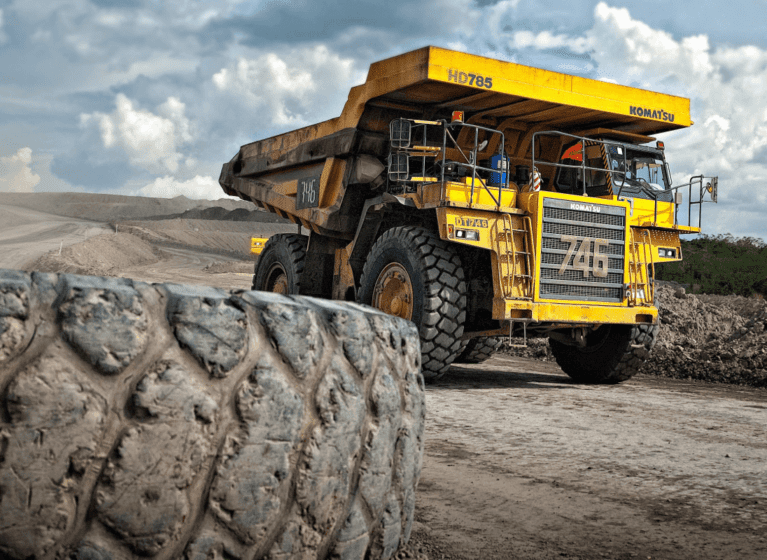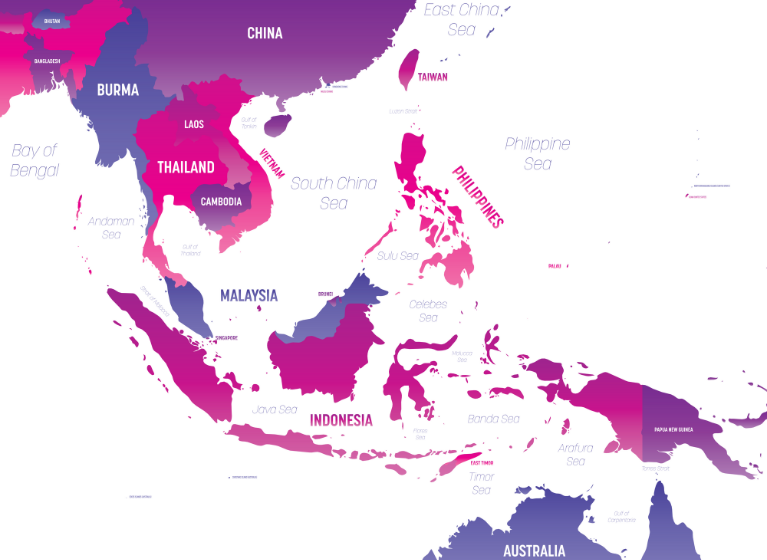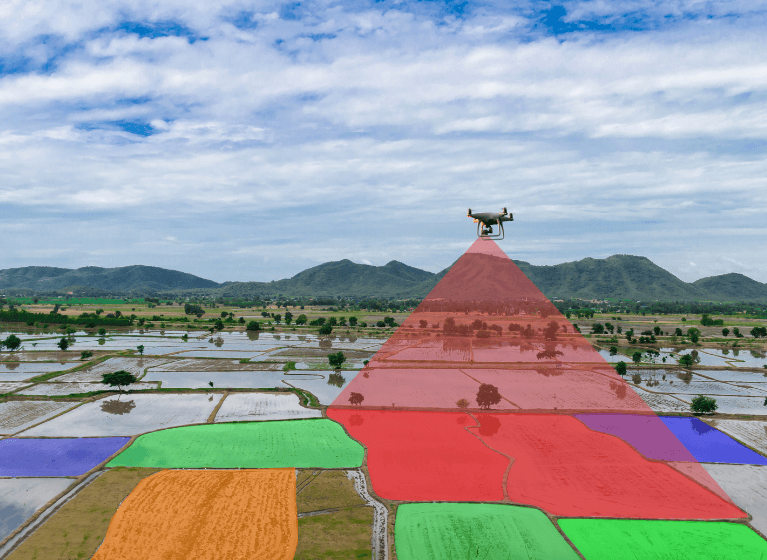In brief
The Australian Renewable Energy Agency’s (ARENA) funding priorities for new investment represent an area of opportunity for the mining industry. While investment in clean technology may, on the surface, seem at odds with the traditional business model of mining companies, innovation is key to securing a competitive advantage. With innovation being heralded as the ‘new key to survival’ for the mining industry,1 it is perhaps time for mining companies to dig deeper and focus more on the opportunities to be derived from investment in innovation. With some mining companies already realising the potential of clean technology (cleantech) and renewable energy, the new ARENA funding priorities are a timely reminder of the importance of innovation and securing intellectual property rights to protect the investment.
ARENA funding priorities
In July, ARENA announced that its five priorities for new investment are:
- Integrated renewables and grids;
- Renewables for use in industrial processes;
- Off grid areas;
- Fringe of grid and constrained sections of the grid; and
- Large scale solar photovoltaics (PV).
ARENA’s CEO, Mr Fischknecht, identified that ‘the five priorities represent current market imperatives or opportunities and are the main areas where ARENA investment can have the greatest impact at this point in time’.2
What is apparent from the five priority areas is ARENA’s focus on funding activities that advance renewable energy technologies towards commercial readiness and minimising industry costs.3 In particular, and of relevance to the mining industry, is ARENA’s investment in large-scale solar PV. ARENA has promised to provide AU$80-100 million in support of up to 200 MW of large-scale solar PV, via a competitive process, with expressions of interest now open and applications due in early November 2015. Specifically, the aim of the large-scale solar PV funding is to enable solar PV to become a commercially competitive source of renewable energy and bring Australia in line with the capacity of comparable international markets.
Solar PV and the mining industry
Relevantly, the value of renewable energy has already been recognised and embraced by some stakeholders in the mining industry. In Australia, for example, Rio Tinto Alcan has committed to the development of a AU$23 million solar PV plant for its Weipa bauxite mine. The development of the 1.7 MW solar PV facility is a joint project between Rio Tinto Alcan, First Solar and ARENA. Commenting on the project, Gareth Manderson, the general manager of operations at Rio Tinto Alcan’s Weipa mine, identified that the hybrid use of diesel with solar PV energy will mean that the mine has ‘a reliable source of electricity, with low maintenance requirements’.4 In concrete terms, Rio Tinto Alcan has calculated that the use of solar power at the Weipa mine will save up to 600,000 litres of diesel each year.5 More recently, ARENA has announced AU$20.9 million funding for a 10.6 MW solar PV installation at the DeGrussa Copper Mine in Western Australia. The project will utilise an international consortium which includes Sandfire Resources NL, juwi Renewable Energy Pty Ltd, OTO Limited, the Clean Energy Finance Corporation and ARENA. On track to be the world’s largest integrated solar installation, Mr Frischknecht (CEO of ARENA) believes that the project ‘is set to bolster the mining industry’s confidence in renewable energy’.6
The recent adoption of renewables in the mining sector has been driven by a number of factors, including energy security, costs and social responsibility. While cost has traditionally been a barrier to the use of renewables, the falling costs of wind and solar energy means that renewable energy is likely to gain increasing prominence in the mining industry over the coming years.
Solar PV innovation, as evidenced by patenting trends
While the use of solar PV by the mining industry represents a step in the right direction, deployment is only part of the innovation process. An equally important aspect of innovation is the development or acquisition of intellectual property (IP) rights in new technologies. Patents are a key means of protecting innovation.
As a proxy measure for innovation, patent filing data can shed light on the status of solar PV innovation. The global clean technology patenting data, as measured by patent applications filed through the Patent Cooperation Treaty (PCT),7 indicates that over the last decade, the rate of patenting of solar PV has significantly increased. A 2014 study prepared by CambridgeIP,8 identifies that solar PV PCT patent filings are amongst the highest of all clean technologies, with patent filings increasing by an annual average of 22% during the period from 2006 to 2011. The report identifies a correlation between the drop in solar PV prices and increased innovation, with materials innovation accounting for 58% of solar PV innovation during this period. Namely, innovation in nanomaterials, organic silicon PV cells and dye sensitised solar cells appears to have been the focal points of solar PV innovation during this period of time. What is also clear from the study is that Japan, the US and more recently China, are the innovation hubs for solar PV, with Japan being the most prolific filer of solar PV patents.9 In particular, during the period from 2006 to 2011, 7 out of the top 10 solar PV technology owners were Japan-based companies and included companies such as Mitsubishi, Sharp KK, Panasonic, Kyocera Corp and Fujifilm Corp. Notwithstanding the dominance of Japan-based companies, the report concludes that solar PV is a field with relatively few established players and thus significant disruptive potential from new players.
So what about Australian solar PV innovation? An examination of the solar PV PCT patent applications filed by Australian inventors between 2006 to 2010 suggests that Australian solar PV innovation is still in its infancy. While our analysis points to a marked increase in the number of Australian inventors filing solar PV PCT applications over this period of time, the volume of applications filed by Australians is considerably less than the leading innovator countries. For instance, in 2010 the number of solar PV PCT patent applications filed by Australian inventors equated to only a few percent of the filings by Japanese inventors, assessed on a GDP-per capita basis. Given the embryonic nature of Australian solar PV innovation, there is a real opportunity for new players to establish themselves as leaders in the solar PV sector within Australia.
Solar PV – an innovative opportunity for the mining industry
As discussed in one of our earlier articles, in a recent Deloitte report, innovation was included as one of the top 10 issues facing mining companies in 2015, with innovation being central to the future success and sustainability of the mining industry. The report identifies that one way to ‘buck the trend’ is for mining companies to place greater reliance on new technologies, particularly renewable energy.10 The report notes that ‘beyond the financial benefits, transitioning to renewables allows mining companies to enhance their environmental stewardship, leave a lasting legacy for local communities, improve safety standards and create sustainable and differentiated employment opportunities through economic diversification’.11
In view of the recent challenges facing the mining industry, the renewed financial support for clean technology and the global push for clean energy, now appears to be an opportune time for mining companies to consider the value of (and risk of not) prioritising cleantech innovation. While mining companies have historically focused on acquiring patent rights in traditional mining technologies, such as dredging and soil shifting, gearing and machinery,12 today’s notions of innovation extend to the adoption of new technologies. As Andrew Mackenzie, CEO of BHP Billiton, recently emphasised ‘the mining sector must lead the way with innovation and sustainability to maximise the economic and social benefits of our operations and minimise our environmental footprint’.13
Mining companies can drive cleantech innovation in a number of ways. For example, and as exemplified by the approach taken by Rio Tinto Alcan and Sandfire Resources NL, innovation can be achieved by collaborating with others who possess the necessary cleantech expertise. An alternative way that mining companies can lead innovation is by developing their own cleantech expertise and IP rights. Although the development of cleantech expertise is likely to require mining companies to diversify their R&D focus, securing cleantech IP rights can provide mining companies with a competitive advantage. Patents can be used against competitors who either seek to copy innovation or independently arrive at the same solution that the inventor claims in the patent. By being visible on the register of patents, patents also have a passive value as a deterrent to potential competitors. In addition, key patents provide rights holders with the opportunity to obtain licensing revenue. While protecting innovation provides companies with a competitive advantage, companies also need to take care when innovating to avoid the risk of patent infringement. It is therefore important when building a patent portfolio for a company to understand the patent landscape and options available for opposing patent applications or challenging patents that may stand in the way of commercialising their innovations.
This article was first published on the Herbert Smith Freehills website.
1 Deloitte, Tracking the trends 2015 p 9.
2 ARENA media release, ‘ARENA announces new priorities’ dated (14 July 2015)
3 ARENA Investment Plan July 2015 p 2.
4 http://reneweconomy.com.au/2014/rio-tinto-to-deploy-6-7mw-solar-pv-storage-at-off-grid-mine-58009
5 Rio Tinto Sustainable development 2014 – Environment: 13
6 ARENA Media Release ‘Renewable mining project raises the global bar’ dated (15 July 2015)
7 http://www.wipo.int/pct/en/
8 WIPO, ‘Global Challenges Report’ prepared by CambridgeIP, UK p 25
9 UNEP, EPO and ICTSD, ‘Patents and clean energy: bridging the gap between evidence and policy’ (Final report, 15 September 2010).
10 Deloitte, ‘Tracking the trends 2014 – the top 10 issues mining companies will face in the coming year’ p 7.
11 Deloitte, ‘Tracking the trends 2014 – the top 10 issues mining companies will face in the coming year’ p 14.
12 Francis, Emma 2015 ‘The Australian Mining Industry: More than Just Shovels and Being the Lucky Country’ www.ipaustralia.gov.au/economics
13 BHP Billiton media release ‘Industry Must Lead on Sustainability and Innovation says BHP Billiton’ (03 June 2015)




